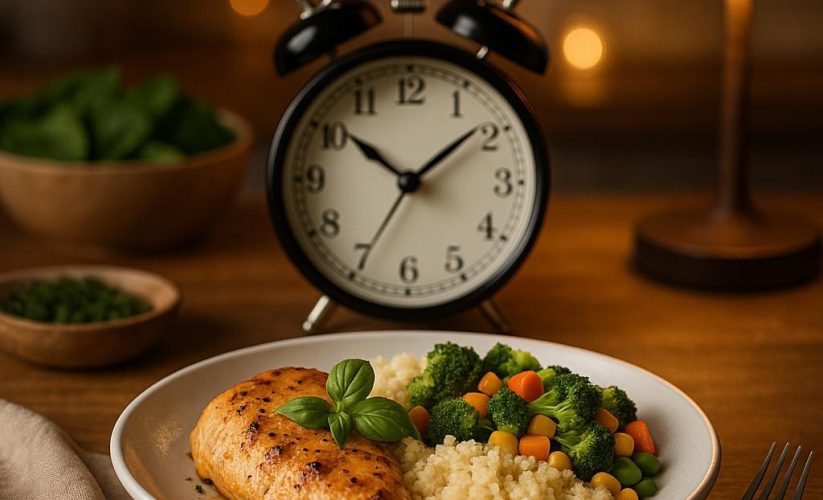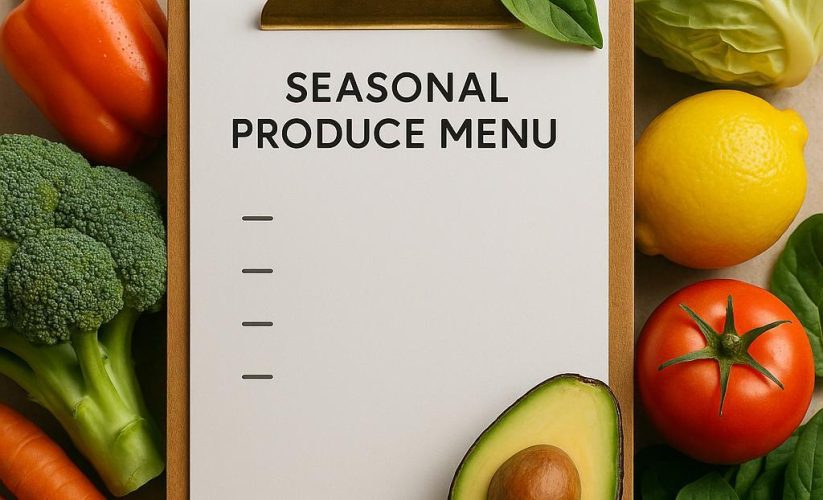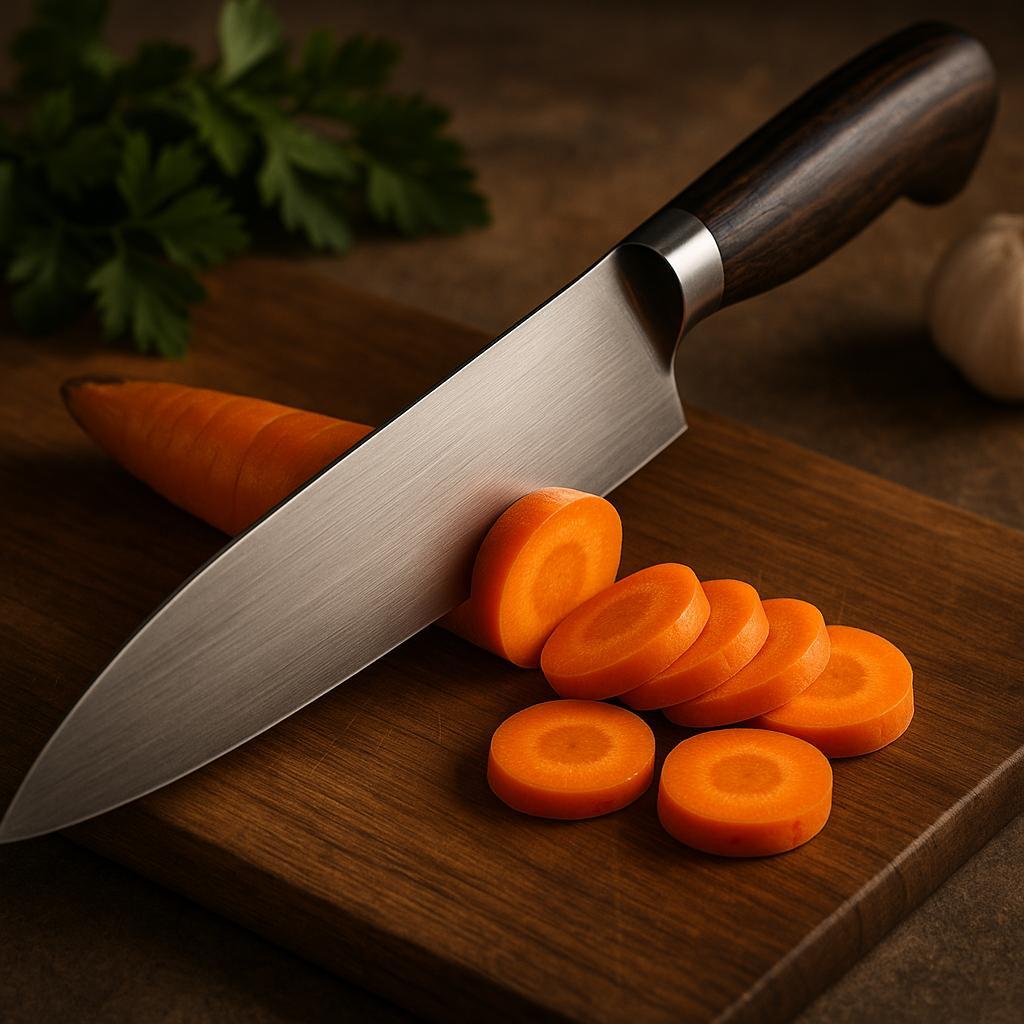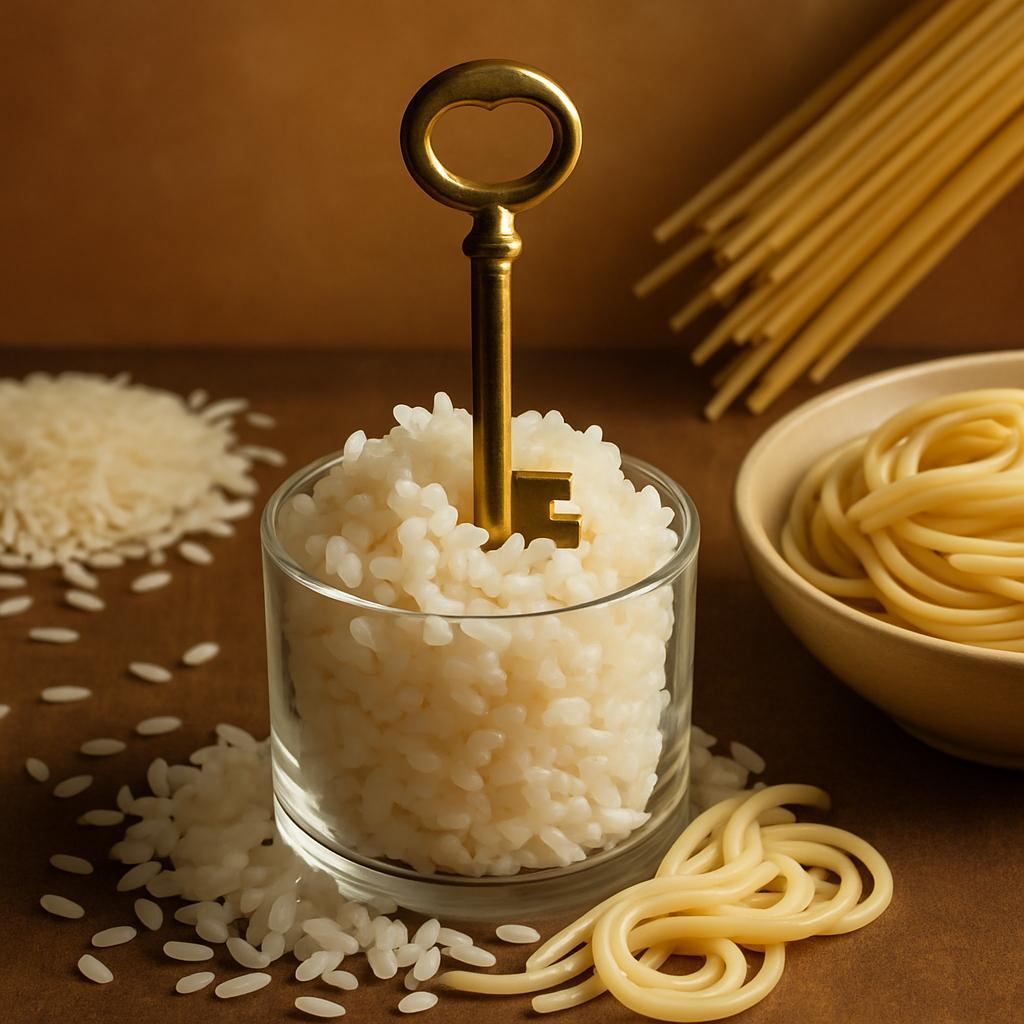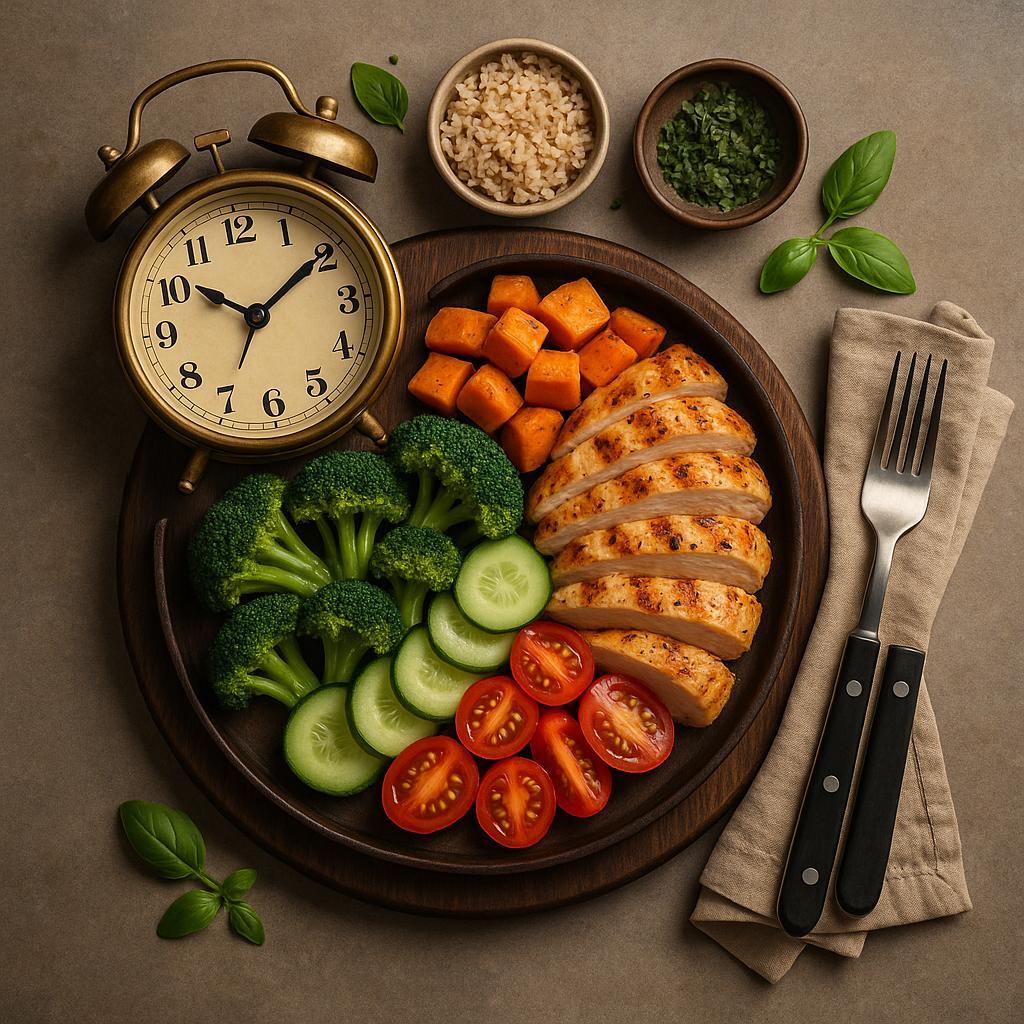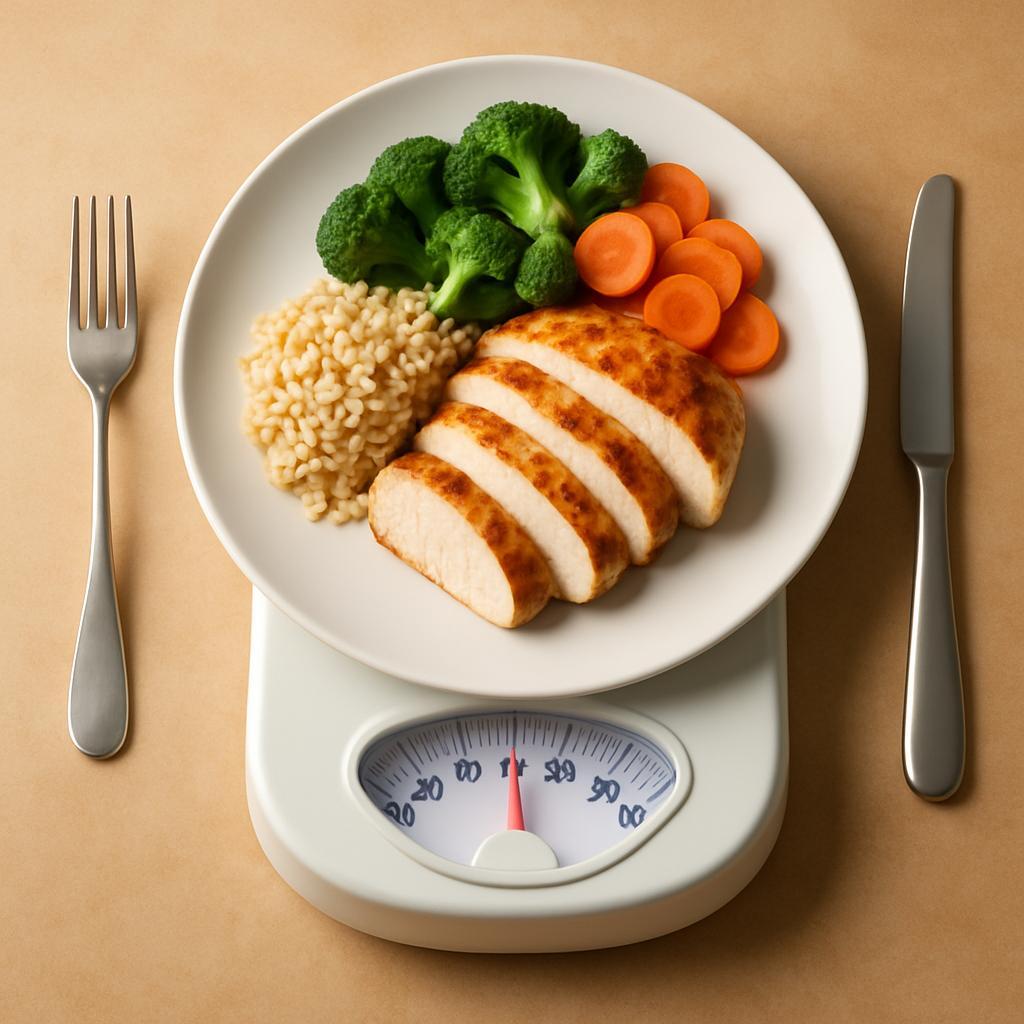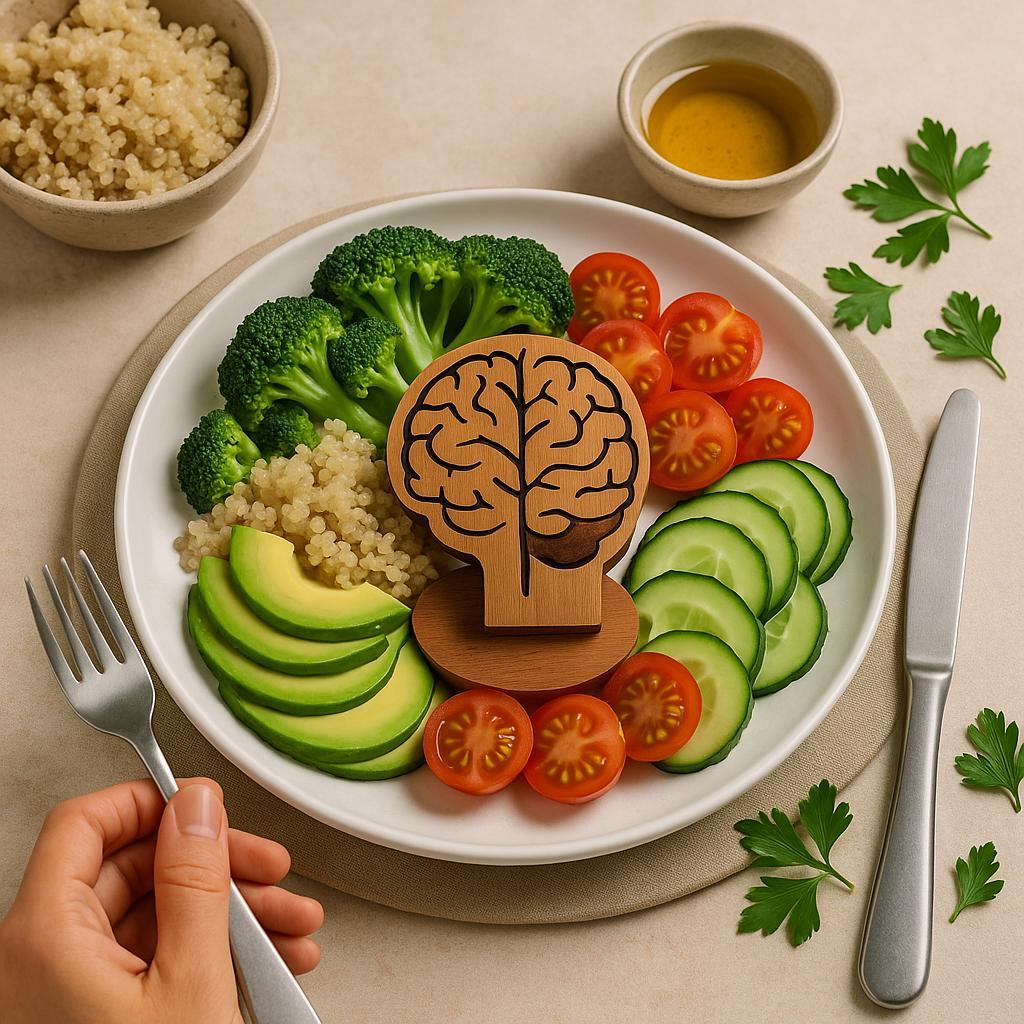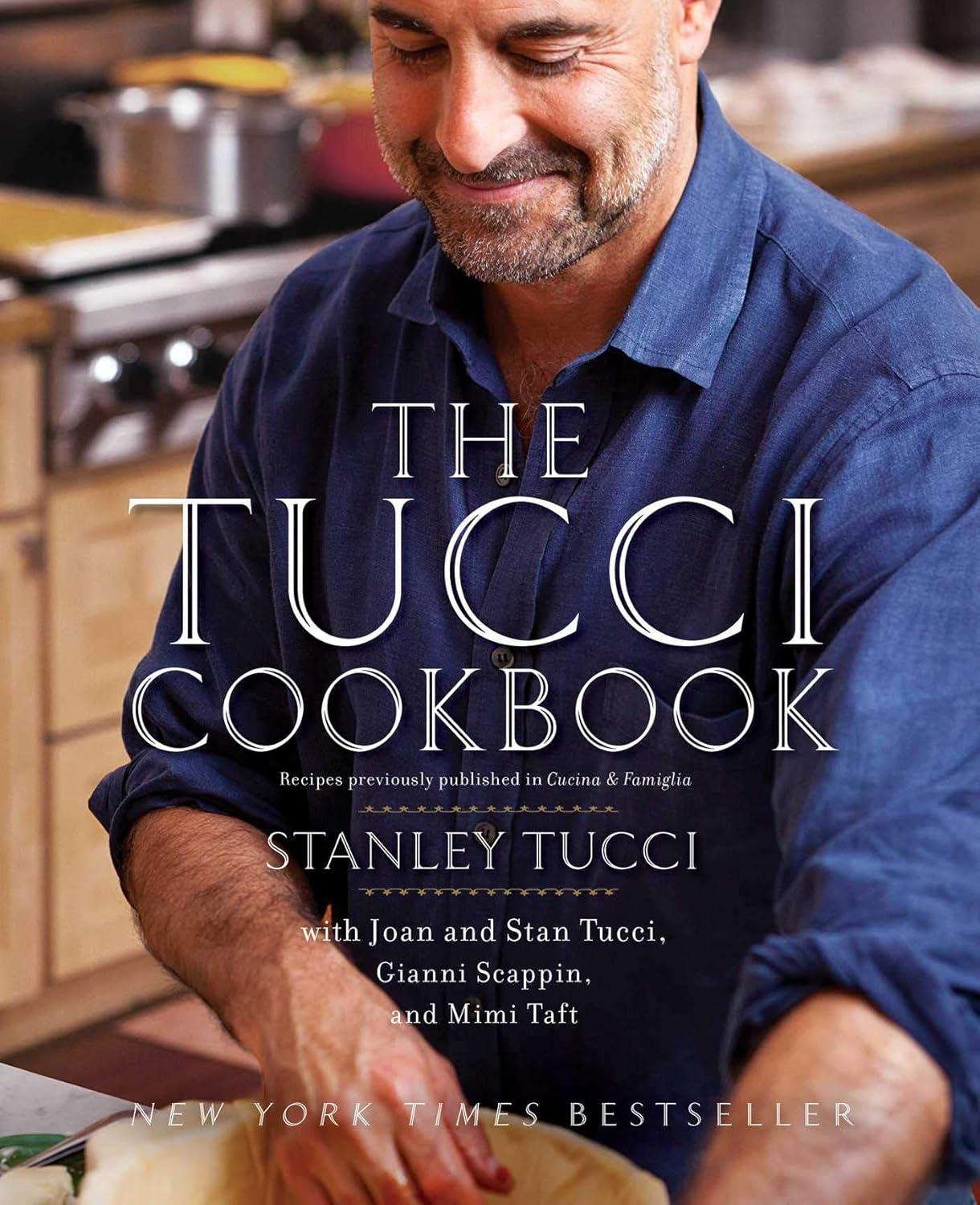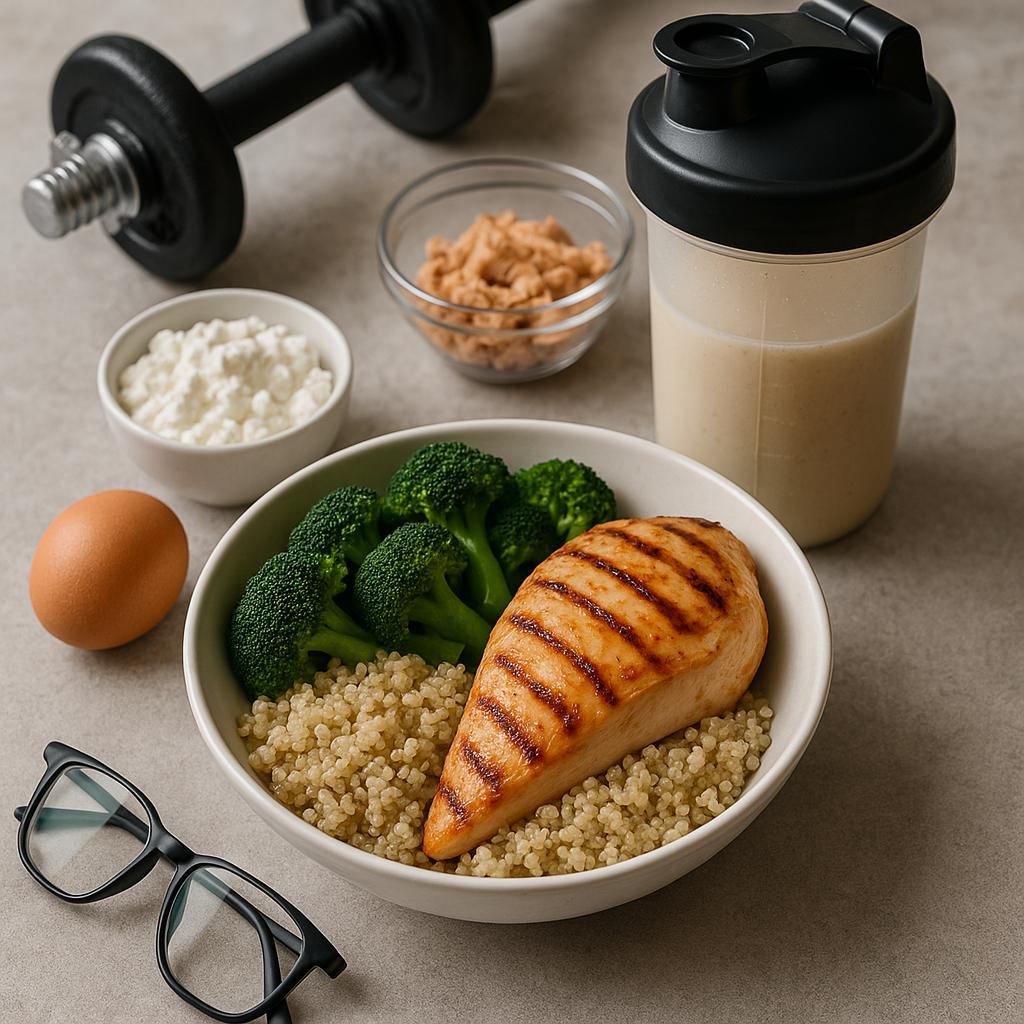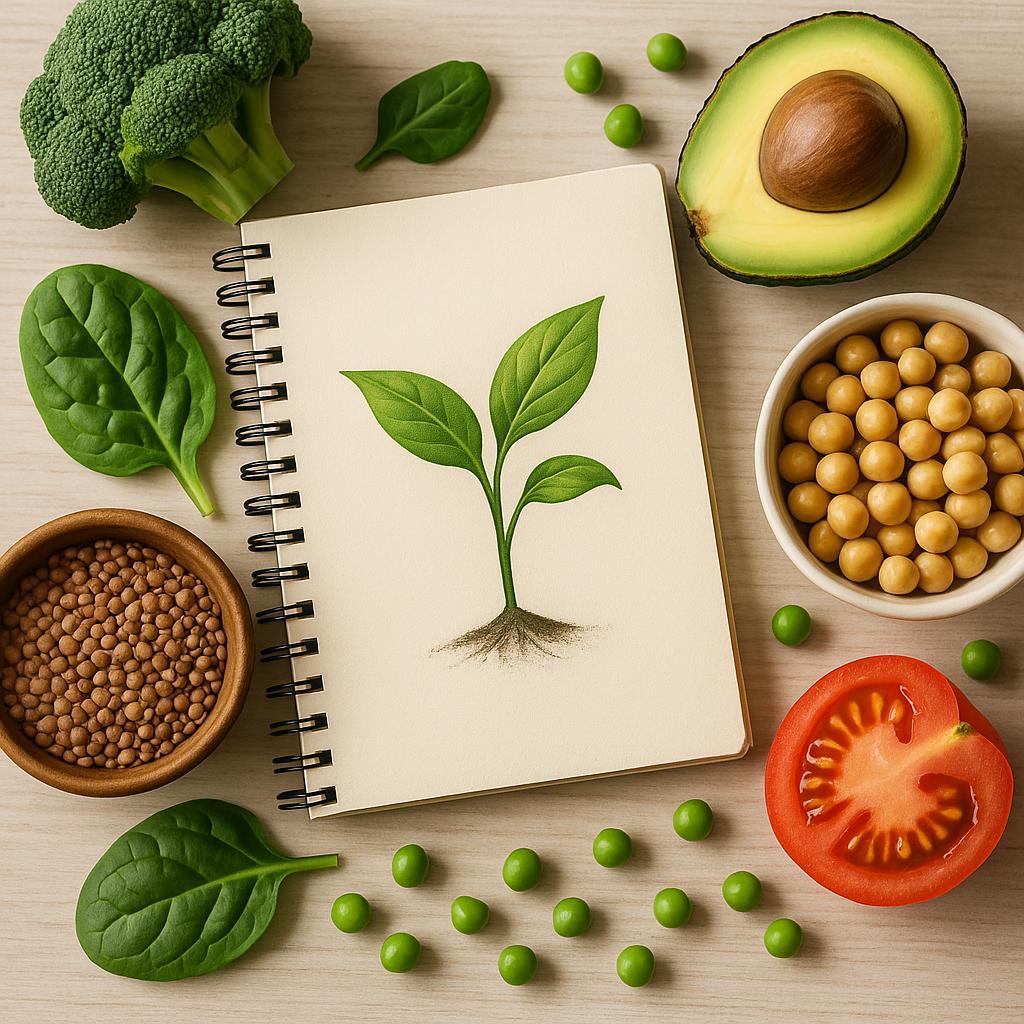Smart $50/Week Meal Plan for Full Plates, Zero Stress
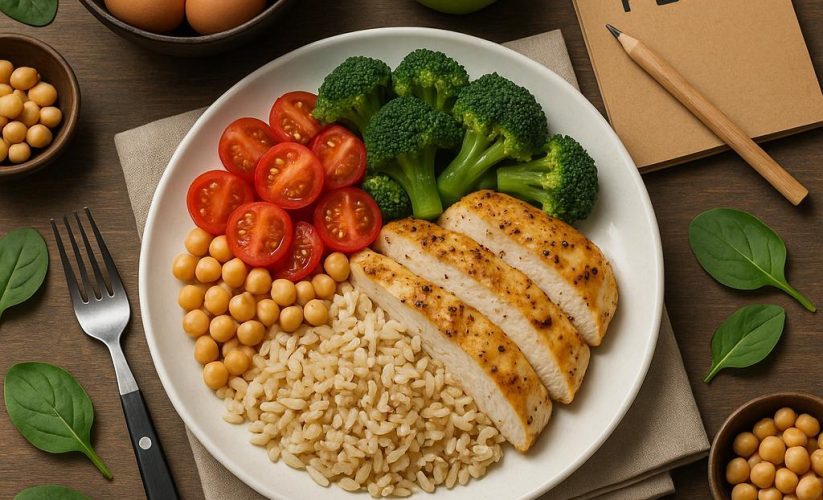
What if dinner felt solved-and your grocery total stayed under $50?
This plan turns a short, affordable shopping list into a week of full, satisfying plates with minimal stress. It’s built for busy schedules and tighter budgets, using smart ingredient overlap, simple prep rhythms, and flexible meal ideas that keep variety without extra cost or effort. Whether you’re cooking for one, two, or a small household, the goal is the same: eat well, waste less, and take the guesswork out of weeknights.
Ready to stock the cart wisely and set up the week?
Table of Contents
- Pantry First Strategy For Lower Costs And Less Waste
- Batch Cooking That Multiplies Meals Without Repeats
- Market Swaps That Keep Flavor High And Prices Low
- Prep And Store Routine For Calm Evenings And Quicker Plates
- Q&A
- To Conclude
Pantry First Strategy For Lower Costs And Less Waste
Start every week with a swift inventory and plan from what you already own. Do a 10-minute shelf scan and sort items into three quick buckets: anchors (grains, pasta, oats, potatoes), boosters (canned beans, lentils, tuna, eggs, peanut butter), and finishers (tomato paste, spices, oils, soy sauce). Place near-expiring foods in a clear “use-first” spot, label jars and leftovers with the date and “next use,” and practice FIFO (first in, first out) so you stop rebuying what’s already buried. Build the week around those anchors: if you’ve got rice and canned tomatoes, you’re one onion and a handful of frozen veg away from fried rice, tomato-lentil stew, and a quick shakshuka-style skillet. Stretch small amounts of meat by pairing with legumes (chicken thighs + chickpeas for a tray bake, ground turkey + lentils for chili), and use finishers to switch cuisines without new purchases-curry powder and coconut milk turn beans into a stew; soy, vinegar, and sesame oil make a stir-fry; chili flakes and garlic transform tomato sauce.
Treat your pantry as money in the bank and spend the $50 only on connectors that unlock what’s on the shelf: aromatics (onions, garlic), versatile produce (cabbage, carrots, bananas), a budget protein (eggs or chicken thighs), dairy/yogurt for sauces, and one starch vehicle (tortillas or bread). A single 28-oz can of tomatoes becomes pasta night and soup; 1 lb of dry lentils turns into taco filling, red-lentil “Bolognese,” and a protein boost for salads; 2 cups dry rice fuel fried rice, burrito bowls, and a simple pilaf. Cook once, use twice: roast a sheet pan of cabbage, carrots, and thighs to serve over rice, then fold leftovers into quesadillas with beans; make a big pot of oats for breakfasts and bake the remainder into snack bars with peanut butter and banana; simmer extra tomato base to freeze in flat bags for a future week. By centering meals on what you own and purchasing only the missing links, you lower the bill, clear shelf clutter, and keep plates full without extra runs to the store.
Batch Cooking That Multiplies Meals Without Repeats
Use one 90-minute cook block to build a flexible base that stays neutral, then finish each portion with fast “flavor switches.” Roast 3 lb chicken leg quarters or 2 cans chickpeas + 1 lb tofu (salt/pepper only; $7-10), simmer 1 lb dried beans ($1.50) and 6 cups rice/bulgur ($3), and sheet-pan 3 lb mixed veg like cabbage, carrots, onions, and peppers ($6-8). Whirl two quick sauces-tangy yogurt-herb and chili-peanut or salsa verde ($3-5)-and a small jar of pickled onions (vinegar, sugar, salt; $1). This Base Set makes roughly 10-12 meals for one (or 5-6 for two) within a $50 shop when paired with eggs, tortillas/flatbread, and seasonal fruit/greens. Portion in 2-cup containers, freeze half the protein/beans on day one, and keep grains/veg in shallow pans for quick scoops. Season bases lightly; save big flavors for the pan. For speed, keep a “finisher tray”: minced garlic/ginger, lime/lemon, soy/tamari, vinegar, spice mixes (taco, curry, za’atar), toasted nuts/seeds, and a knob of butter or splash of oil-these transform the same building blocks without tasting like repeats.
To multiply meals, change the finish, not the base. Sizzle garlic and curry powder in oil, add beans, splash coconut milk or water, and ladle over rice with yogurt-herb drizzle for a 10-minute curry bowl; another night, toss the same beans with cumin, lime, and salsa verde, fold into tortillas with cabbage for bright tacos. Crisp shredded chicken in a hot pan, deglaze with a little soy and vinegar, pile onto warm flatbread with pickled onions and herbs; or sauté it with paprika and tomatoes for a fast Spanish-style rice skillet. Turn roasted veg into a miso-ginger fried rice (push veg aside, scramble an egg, combine, finish with sesame seeds); later, blend the veg with stock for a smoky soup and top with chili-peanut sauce. Chickpeas become crunchy salad toppers when pan-toasted with za’atar, then the next day mash them with lemon and yogurt for a spread in pitas. The rule: a 5-minute hot-pan flavor (spice + acid + fat) plus one sauce and one crunchy element keeps every plate new-no repeats, just smart remixes.
Market Swaps That Keep Flavor High And Prices Low
Swap pricey proteins without losing satisfaction: choose chicken thighs over breasts (often $1.29-$1.99/lb vs. $2.99-$4.49) and roast extra for tacos, fried rice, or hearty salads; pick eggs for one dinner each week-shakshuka or veggie frittata-and pocket the savings; go half-and-half by mixing lentils into ground meat for chili, sloppy joes, or pasta sauce to double portions and add fiber; rotate tofu or tempeh in stir-fries and rice bowls-press, marinate in soy + vinegar, then sear for caramelized edges; keep canned tuna or sardines for quick protein that loves lemon and herbs; and favor bulk grains like rice, oats, and pasta over specialty carbs. Small technique tweaks amplify flavor: brown protein hard before saucing, finish with a bright acid, and salt in layers so every bite tastes intentional.
Trade “fresh-only” habits for clever pantry flavor: buy frozen vegetables (broccoli, spinach, peppers) for consistent quality and zero waste; use canned tomatoes and a spoon of tomato paste instead of out-of-season fresh; pick store-brand beans and rinse-then bloom spices in oil to wake them up; lean on scallions, cilantro stems, and parsley as affordable herb stand-ins; keep soy sauce or fish sauce for instant umami, vinegar and lemon zest for brightness, and a dab of miso or anchovy paste to deepen soups, stews, and sauces; swap Greek yogurt for sour cream to stretch sauces and dressings; use smoked paprika where you’d reach for bacon; save Parmesan rinds to enrich broths. Practical builds: pasta arrabbiata with canned tomatoes + chili + a Parmesan rind; half-meat, half-lentil sloppy joes on toasted tortillas; tofu fried rice with frozen mixed veg, soy, and a vinegar splash; sheet-pan thighs with potatoes, finished with lemon zest and herbs from stems.
Prep And Store Routine For Calm Evenings And Quicker Plates
Block out a 90-minute weekly power prep: while the oven heats to 425°F, start 2 cups dry rice (≈6 cups cooked) and 1 cup dry lentils (≈2.5 cups cooked). Roast two sheet pans of budget veg (about 2 lbs total-onion, carrots, cabbage, broccoli) tossed with oil, salt, and a spoon of paprika-cumin-garlic. Cook a thrifty protein-10 hard-boiled eggs or 1.5 lb chicken thighs-and whisk two quick sauces (1 cup each): a lemon-garlic yogurt or tahini, plus a chili-peanut or soy-ginger. Portion bases into shallow, 2-cup containers, cool within 2 hours, and label with date and a “use-first” dot for the most perishable items. Create fridge “speed zones”: a base bin (rice/lentils), veg bin (roasts + raw greens), protein bin (eggs/chicken/tofu), and flavor bin (sauces, pickled onions). Wrap herbs in a damp towel, tuck greens with a paper towel, and freeze one tray of 1-2 tbsp sauce cubes as midweek reinforcements without extra spend.
Evenings become assembly, not cooking: warm a base (microwave 60-90 seconds with a splash of water), crisp veg in a skillet for 2-3 minutes with your spice blend, add protein, and finish with a sauce and a crunchy topper (peanuts, toasted breadcrumbs). Follow a simple cadence-Mon-Tue eat fresh items first; Wed do a 20-minute reset (quick slaw from cabbage + vinegar, a fresh sheet of potatoes, or a pot of oats for breakfasts); Thu-Fri pull a frozen sauce or portion to keep variety high. Safety saves money: grains keep 5 days, cooked beans/chicken 3-4 days, sauces 5 days (or 2 months frozen); thaw frozen portions overnight or in cold water for 15 minutes. A painter’s-tape FIFO strip on the fridge door nudges what to grab next, and this rhythm turns one affordable prep into five fast, different plates-calm counters, hot food in under 10 minutes, and no budget creep.
Q&A
What should my $50 grocery list roughly include to cover 7 days of balanced meals?
Build around low-cost staples that layer into multiple dishes: grains and starches (rice, oats, pasta, tortillas), affordable proteins (a dozen eggs; either 1.5-2 lb chicken thighs or extra legumes like 1 lb dry lentils plus 2 cans beans), produce (onions, carrots, a hearty green like cabbage or kale, a bag of frozen mixed veggies, and 6-8 pieces of seasonal fruit), dairy/fats (small yogurt or milk, oil if needed, peanut butter), and flavor boosts (canned tomatoes, garlic, lemon/lime, basic spices). Swap based on sales and unit prices, and if starting with an empty pantry, reserve $5-10 the first week for salt, oil, and a versatile spice blend.
Can you outline a simple 7‑day menu that fits the $50 plan?
Breakfast: overnight oats with fruit most days; rotate in eggs and tortillas. Lunch: leftovers plus a quick side salad or fruit. Dinners: Mon-lentil‑tomato curry over rice, Tue-sheet‑pan chicken thighs (or chickpeas) with carrots and onions, Wed-veg fried rice with scrambled eggs, Thu-pasta with lentil‑tomato sauce and garlicky greens, Fri-bean and corn quesadillas with salsa, Sat-hearty vegetable soup with toast, Sun-stir‑fry mixed veggies with peanut‑lime sauce over rice. Season and swap ingredients according to what you bought on sale.
How do I meal‑prep in 90 minutes to keep weekdays low‑stress?
Cook a pot of rice and a pot of lentils first; while they simmer, roast two sheet pans of vegetables (carrots, onions, any sturdy veg) and bake or sear chicken thighs or tofu. Blend two quick sauces (e.g., garlicky yogurt and peanut‑lime) and whisk a simple vinaigrette. Wash and spin greens, chop onions/garlic for fast cooking later, and portion fruit and snacks. Cool everything, store in clear containers, and you’ve got mix‑and‑match parts for bowls, wraps, pastas, and soups all week.
How do I prevent waste and keep produce fresh all week?
Sequence meals by perishability: early‑week salads and fresh fruit, mid‑week roasted and sautéed dishes, late‑week soups, fried rice, or wraps. Store greens washed and well‑dried in a container with a paper towel, keep carrots/celery submerged in water, wrap herbs in a damp towel, and freeze half the bread on day one. Use stems and peels where edible (broccoli stems sliced thin, kale stems in soup), revive limp veggies in cold water, and freeze leftover cooked grains in flat bags for quick reheats.
How can I adapt the plan for dietary needs without blowing the budget?
Vegetarian: double up on lentils, beans, and eggs; add tofu if priced well. Gluten‑free: lean on rice, potatoes, corn tortillas, and gluten‑free oats/pasta; thicken soups with blended beans instead of flour. Dairy‑free: swap yogurt with a quick tahini or peanut‑lime sauce; use oil instead of butter. Higher protein: add more eggs, Greek yogurt, or sale‑priced canned tuna; use beans plus eggs in the same meal. Low‑sodium: choose no‑salt tomatoes, rinse canned beans, and rely on acids (lemon, vinegar), garlic, and spices for punch.
To Conclude
What this adds up to is a flexible routine that turns a modest budget into satisfying meals-built on sturdy staples, seasonal picks, and a bit of batch prep. The real gain is fewer decisions, less waste, and flavor that stays big while costs stay low. Check your pantry, choose a start day, and cook one base recipe today; the rest of the week falls into place. You’ve got a framework you can bend to your tastes-calmer planning, generous plates, and a little change left in your pocket.

